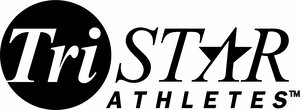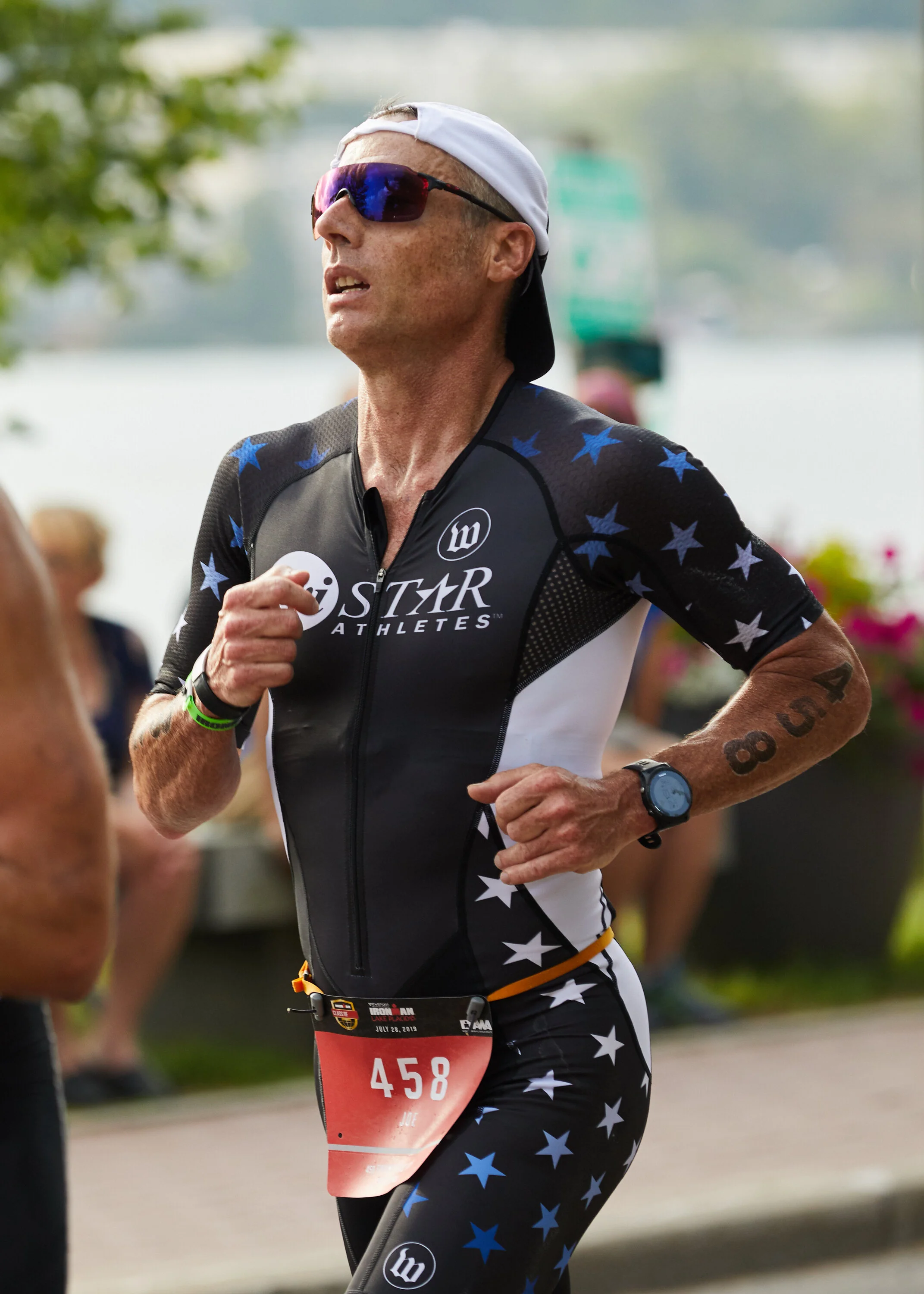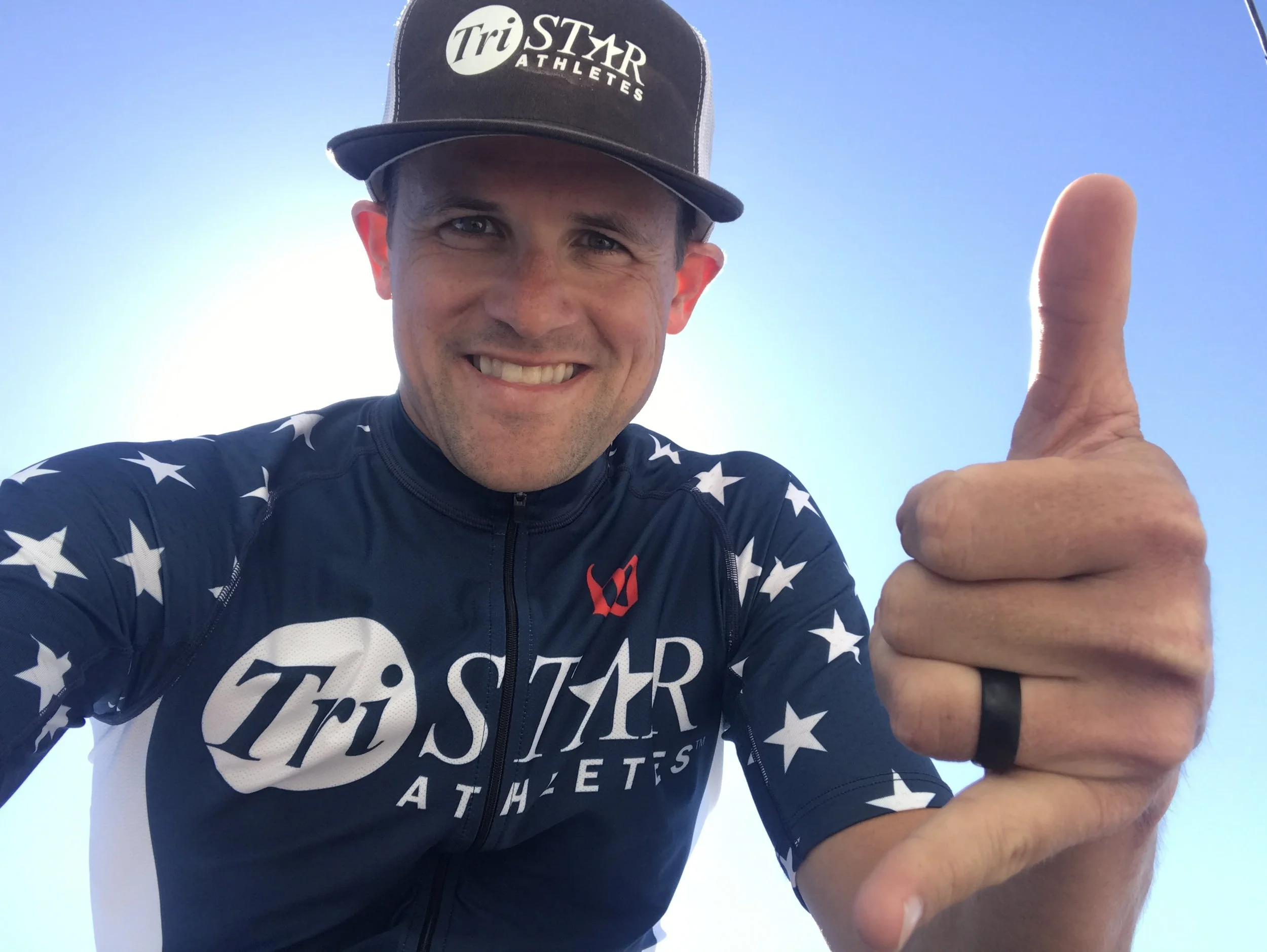Tristar Athlete, at some point in your training and racing you will be forced to perform in extreme heat conditions. In this coaches corner we detail the strategies that you should use to stay cool, how to think and prepare to get the maximum out of training and racing.
Training
During training the goal is to adapt to a training stress or physiological energy system.
When temperatures are high, your core temperature goes up and performance can slow.
If you are looking to perform a “key” session that especially requires a high level of output for pace or power, we recommend conducting the session indoors on the treadmill or trainer. What is the cutoff? Temperature wise anything higher than 78 degrees you should consider moving indoors.
If your key race event is within 2-6 weeks you can train outdoors in “like” conditions provided your effort is lower and is more intended towards acclimation vs performance. Why? When you try to perform hard in the heat, there is a greater chance your bodies core temperature will go up higher than what is safe.. and the subsequent recovery time is too great.
The goal of training in the heat should be to teach the body how to sweat appropriately, dissipate heat and learn how to cool itself. Again, it does not need to be hard otherwise you risk loosing too much fluids and greater than 4% sweat loss of body weight can lead to cramping, fatigue, dizziness and an overall poor performance.
Tristar coaches have found most athletes do not adequately hydrate and take in electrolytes in enough volume during training. It is hard to duplicate race demands in training and as a result it is critical to measure out the quantities needed to stay adequately hydrated.
Racing
The overall core temperature of the body usually sets the tone of performance. Try to keep your body cool and relaxed prior to your event. For triathletes this may mean not putting on your wetsuit until much closer to the swim start and for stand alone runners avoiding excess warm up times before a 5K or up to marathon event.
Follow our Tristar Athletes heat acclimation protocol for the six weeks leading up to your “A” priority “hot” event.
Pacing is key not only to a great race but also in mitigating heat accumulation in the body. Start low and slow and leave room to outperform and the longer the race or event the more true this is!
Prior to some tour cycling events, riders will wear a cooling vest to keep their core temperatures low. Heating up the core can lead to
Dehydration of more than 3% of your body weight is serious, increasing the possibility of heat exhaustion and heat stroke in warm and/or humid conditions. Since athletes can sweat out 6% to 10% of their body weight during competition, you can see the importance of rehydrating and early on in an event...
Thirst is not a reliable indicator of dehydration. If you wait to drink until you are thirsty and stop drinking when your thirst is satisfied, you'll remain 25% to 50% dehydrated.
For any athlete, minimizing your fluid loss to not more than 2% of your body weight is a good rule. At that 2% body loss, you'll start to see increased fatigue, reduced endurance, the beginnings of heat illness and declining race motivation.
Bike cooling; Use water bottles from aid stations to spray water on your skin to create a cooling and evaporating effect. Spray your legs arms and under you helmet.
Run cooling; Take ice if available and place it under a cap. You can then grab sponges and squeeze water over the ice under the cap for a greater cooling effect.
Post race cooling; It is crucial to cool yourself slowly; if you cool too quickly (e.g. jump straight into an ice bath) this can an opposite effect, because your body goes into heat conservation mode. Good strategies to cool post-exercise include sipping cold drinks, wearing an ice vest, sitting in a cool room and having a cool (not cold) shower.
For more information on hydration and salt and electorate replacement follow here.










